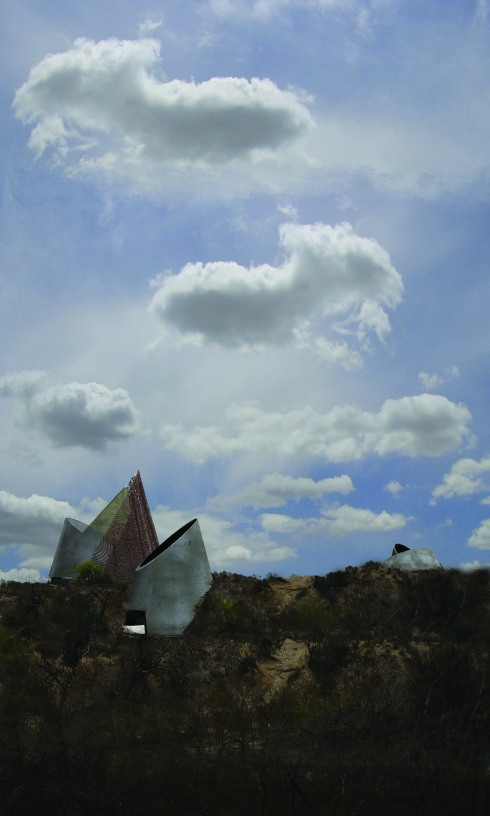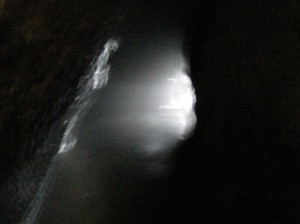I consider the word ‘imprint’ and the possibility distant places of my life have established a criteria [expectations] for me now. Do we carry with us impressions of place? And do we hold these impressions of place as infallible memories of perfection, or perhaps beauty – even if from momentary experiences [plazas, cathedrals, seaside cliffs]? Architects identify and name qualities of place like ingredients in a stew – density, volume, flow, verticality, topography, and spice it with the movement of light and shadow, smells of wet clay, and and the echoes from a playground.
An imprint is firmly fixed, and that of an animal is the result of trust and habit. What are the spatial habits of my past, the reoccurring qualities I have come to trust? Can I know this in my soul like an elephant knows the way to an ancestral watering hole to which it has never traveled before?
So now we travel, wander, shift – living where environments are new to our bodies and minds. Ian McHarg, a Scottish landscape architect, speaks about his heritage and the land: “One cannot understand the pattern of settlement of Scots in North America, for instance, unless one understands the masochism that is part of the Scottish character…The Scots have always had an unerring ability to be able to find thin, poor soils to perpetuate that poverty to which they were so long accustomed. It is no surprise to find that they occupy Labrador or Nova Scotia, eastern Canada or northern Ontario…Here people who were able to find thin, poor soils and unproductive agriculture, were able to maintain that masochism and poverty for which they were particularly well suited. The German immigrants, of course, were very different. They knew about deep, rich, limestone soils. They knew that the black walnut tree was an indicator of these soils…So we begin the exercise of being able to understand people and their proclivities, their attitudes toward the land, their adaptive skills. We see why they selected the environments they selected.” Ian McHarg Conversations with Students, Dwelling in Nature pgs 36-37″
So in light of our mobility and the likelihood we are not living in the land of our forefathers – do we treat our new environment as an extension of our character? Can we connect to new environments in such a way as to rely on them, pull definition from them? I used to identify with the term ‘steward of the land’. Now I realize use of this language perpetuates distance, a hierarchy of elitism if you will. We are not stewards, we are not responsible for ‘taking care’ of the land; we are responsible for being a reciprocal part of the land. So an attitude of belonging, being a living organism of the city, or region, neighborhood or community is key to regaining our ecological sanity.
Defining a sense of place we are passionate about seems to be the logical first step in establishing a relationship. Perhaps defining a sense of place, the character of our environment, creates a sense of belonging and a willingness to participate. Are you home, do you belong to a place? Can you begin to define the characteristics of that place in spatial terms, ecological terms? Perhaps you still wander – if so, can you remember the places of your past, their qualities?
In finding our niche within the land we can not help but transition from consumer to citizen.


